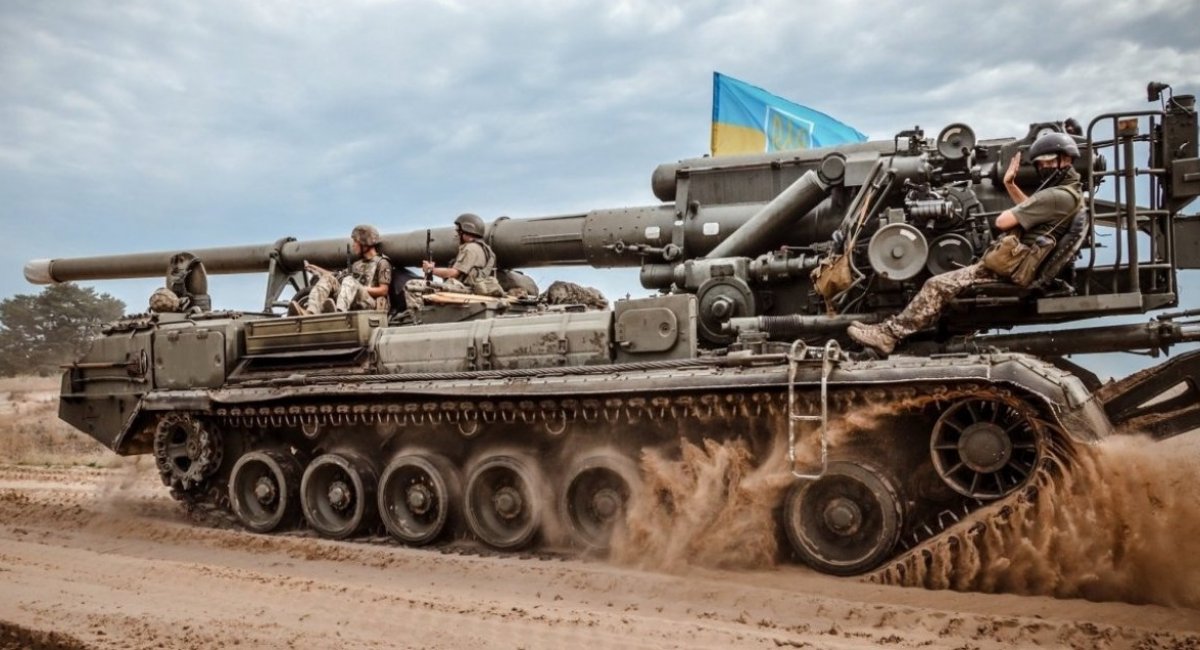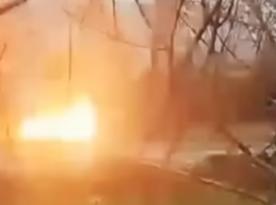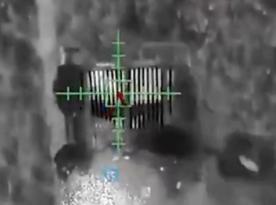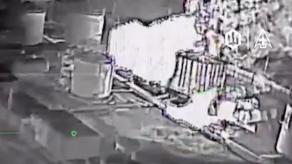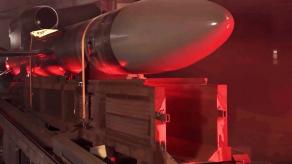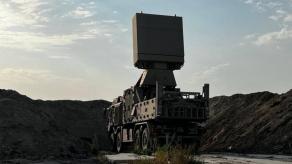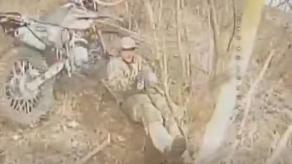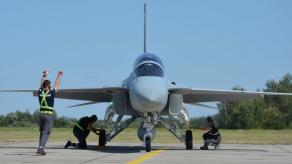Since the Russian Armed Forces have almost exhausted the main reserves of the "high precision" missiles (land-based Iskander-M, sea-based Kalibr, air-based X-101 and X-555) that were used primarily to target military installations (more than 1000 missiles launched since February 24), the enemy has moved on to targeting civilian infrastructure in an attempt to break the resistance spirit of the Ukrainian government and people.

At the same time the enemy forces have resorted to using the more obsolete tactical ballistic missile systems Tochka-U (missile speed 1100 m/s, effective range 15-120 km, CEP 50-100 m, warhead 482 kg), despite the fact that allegedly all Russian artillery brigades were re-equipped with Iskander-M tactical missile system instead of Tochka-U. As of March 12 there were 21 instances of the Tochka-U missile launch.
Read more: Ukrainian Stugna vs U.S. Javelin – Longer Firing Range, Lesser Vulnerability to Detection by Enemy Sensors
Upon hitting the target this missile is able to destroy a multi-storied apartment building. The Russian Federation has large stockpiles of these missiles. Back in 2019 the armed forces of the enemy were equipped with 24 self-propelled launchpads for the tactical missile system Tochka, which could still be used by training centers (there are 250-300 of these self-propelled launchpads stored by the Russian military as a reserve).

The Russian forces have already approached some Ukrainian cities and set up positions at a 10-20 km distance, which allows them to shell the cities with 122 mm D-30 howitzers and Hvozdyka self-propelled howitzers (effective range 15 km, projectile weight 14/22 kg), 152 mm Akatsiya self-propelled howitzers (17 km, 44 kg), 152 mm Msta-B howitzers and Msta-S self-propelled howitzers (25/29 km, 44 kg), 203 mm Pion/Malka self-propelled heavy artillery systems (37,5/ 47,5 km, 110 kg), 240 mm Tiulpan self-propelled mortars (10/19 km, 130/230 kg). The 45th artillery brigade of the Western Military District of the Russian Federation is equipped with the 203 mm and 240 mm systems (24 and 16 pieces), as well as the 291st artillery brigade of the 58th Combined Arms Army of the Southern Military District (12 and 8 pieces).
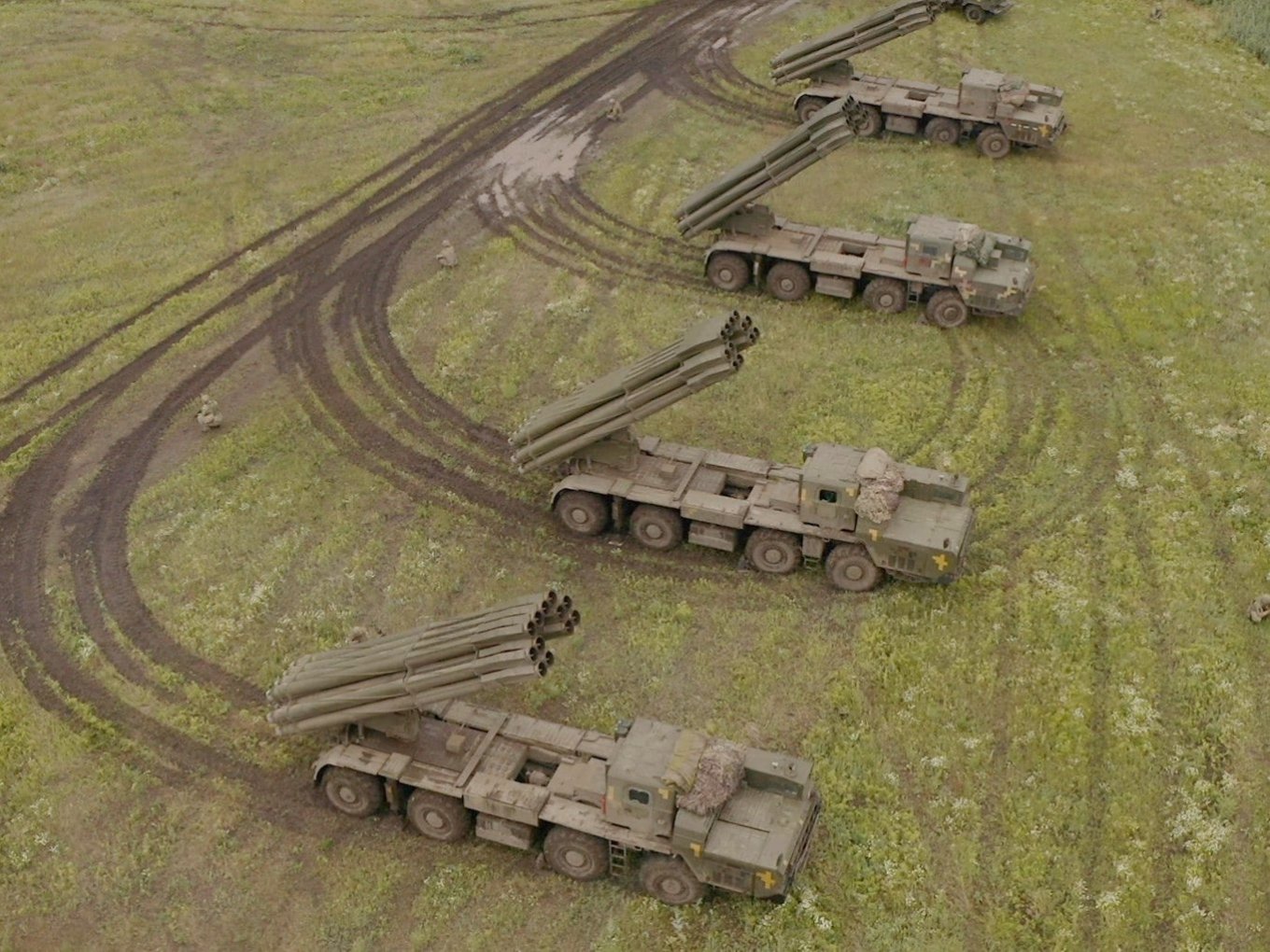
Russian troops are also using the following MLRS to target Ukrainian cities: 122 mm Grad (21 km, warhead weight 18/21/25 kg) and Tornado-G (40 km, 21/25 kg), 220 mm Urahan (35 km, 100 kg), 300 mm Smerch (20-70/90 km, 243/258 kg) and Tornado-S (20-120 km, 243/258 kg). Every artillery brigade and even some artillery regiments of the 4th tank division and 2nd motorized division of the Russian Armed Forces are equipped with Urahan MLRS (8 pieces each), and the 79th and 439th jet artillery brigades of the Western and Southern military districts are equipped with Tornado-S (18 self-propelled launchpads each).
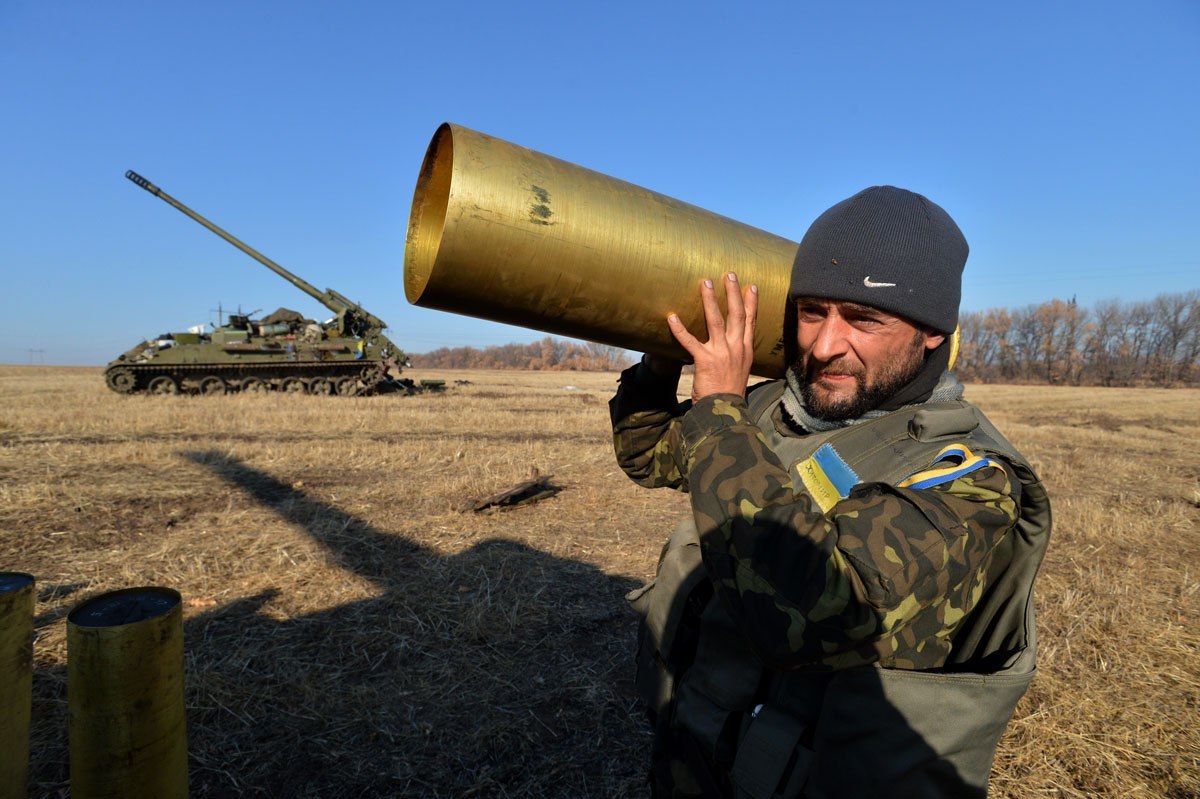
The Armed Forces of Ukraine are equipped with similar missile and artillery systems (except for Tiulpan self-propelled mortars, modernized Malka self-propelled heavy artillery systems and Tornado-G/S MLRS), including the long-range pieces (such as the Tochka-U tactical ballistic missile systems, Pion self-propelled heavy artillery systems and Smerch MLRS).
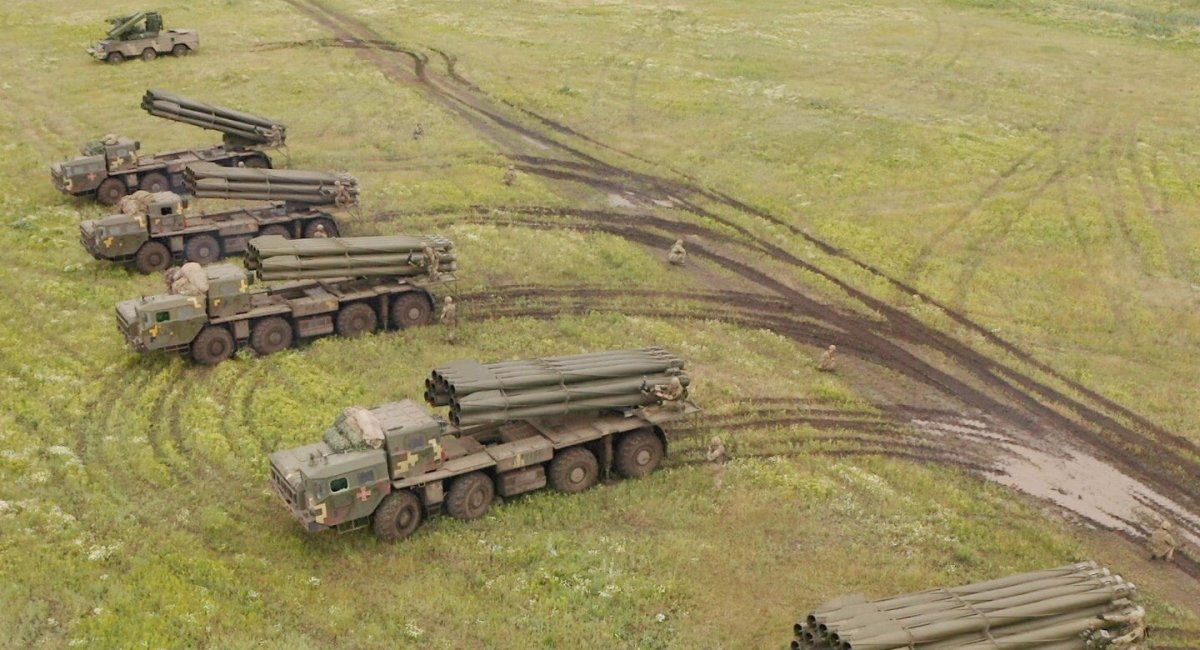
Ukraine has to utilize its 122 mm and 152 mm howitzers and self-propelled howitzers to suppress the most common artillery pieces in the Russian Land Forces, while simultaneously combating the heavy long-range artillery systems (such as the Tochka-U tactical ballistic missile systems, Malka self-propelled heavy artillery systems and Tornado-S MLRS), to push them away from the cities. According to the Military Balance 2021, the Land Forces of the Armed Forces of Ukraine were equipped with 90 self-propelled launchpads and 800 missiles for the Tochka tactical missile system, 81 Smerch MLRS and 94 Pion self-propelled heavy artillery systems (including 13 issued to the units).

In reality, the number of combat-ready systems is smaller. Many missiles are past their expiration date and their launch is risky. Therefore, the most pressing issue is the lack of missiles and projectiles.

It is a well-known fact that the former Warsaw Pact states (Poland, Czech Republic and Bulgaria) were equipped with the Tochka tactical missile systems and Pion self-propelled heavy artillery systems (including 8 Pion systems in Poland and 12 in the Czech Republic).
They are no longer used by the aforementioned countries and have been moved to storage. It is important to highlight, however, that the former Warsaw Pact states still have the stockpiles of missiles and projectiles for these systems and they are a lot more combat-ready than the Ukrainian ones.
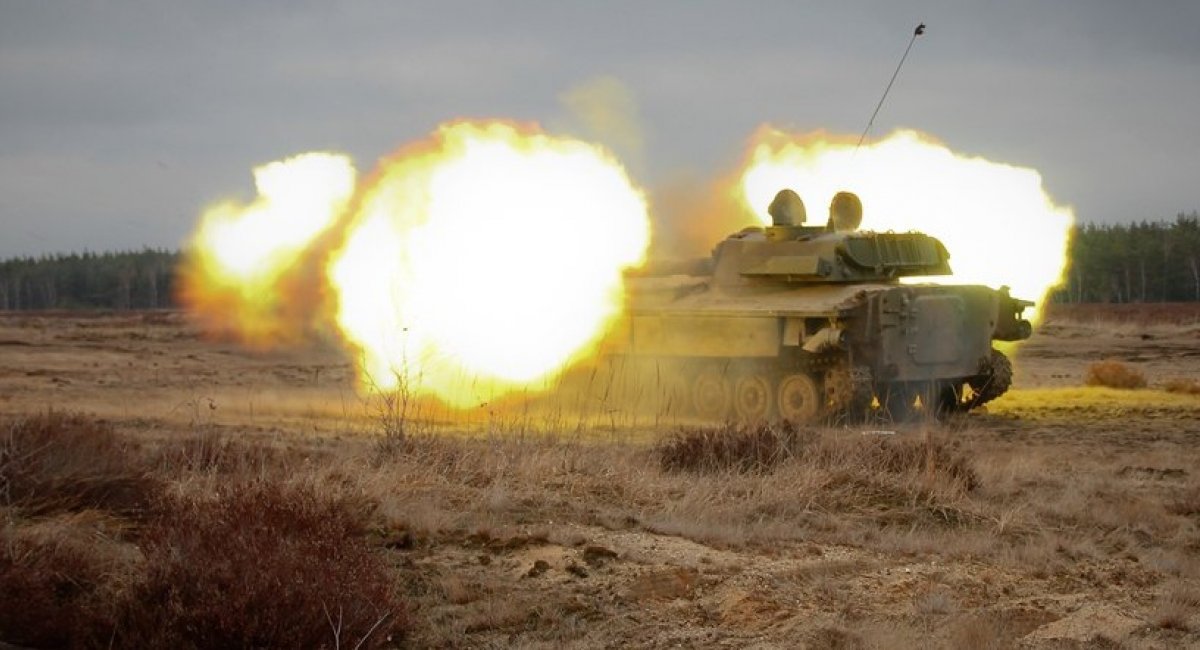
Moreover, the Armed Forces of Ukraine are in need of the 122 mm 2S1 Hvozdyka self-propelled howitzers (in storage of the Polish and Bulgarian Land Forces), 152 mm M-77 DANA self-propelled artillery pieces (used by Poland and the Czech Republic) and RM-70 MLRS (used by Poland and Slovakia). Our defenders also need the missiles and projectiles for these systems that can also be used by the Ukrainian Hvozdyka self-propelled howitzers, Д-30 and Д-20 howitzers, Msta-B/S and Grad MLRS.
Considering the aforementioned, it seems reasonable to address these countries asking to deliver to Ukraine the artillery pieces and weapon systems they no longer need, along with missiles and projectiles.
It is also reasonable to address NATO member-states (starting with the US) asking them to supply to Ukraine artillery reconnaissance means, artillery-locating EW systems, and UAVs, including combat drones (over the course of the last months the Bayraktar TB2 combat UAVs have already destroyed over 5 Msta-B howitzers and 1 Urahan MLRS).
Currently NATO member-states are making an effort to supply Ukraine with AD and anti-tank systems. However, Russian artillery poses an equally significant threat to the population and the Armed Forces of Ukraine. This threat needs to be actively addressed.
Oleksiy Yarovyi, specially for Defense Express
Read more: Kevlar-E: UkrInnMash Offers Replacement for Soviet-Vintage BMP-1 Armored IVF




